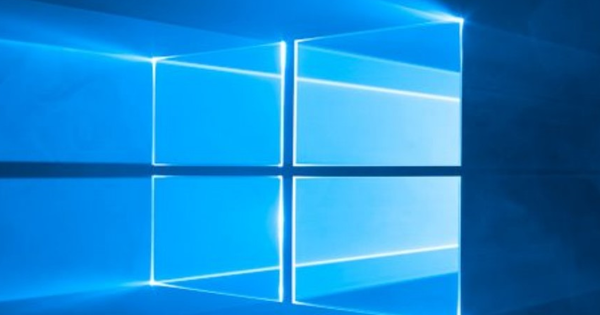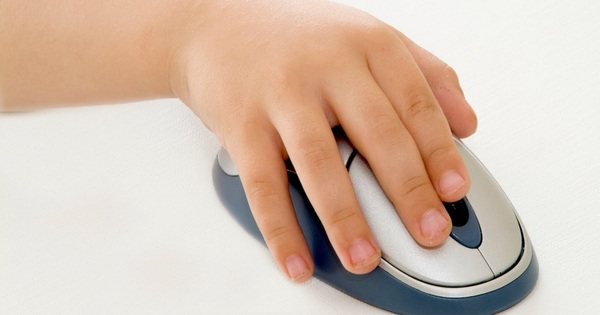By buying and using an SSD you can further boost the performance of your PC. An SSD is much faster than a conventional hard drive. This way you can upgrade from HDD to SSD.
SSDs are getting cheaper and cheaper, making them more attractive to buy. Even if you have an older laptop, it can be worth equipping it with an SSD for its last working years, because the chance that your old hard drive will fail before the rest of the hardware is quite high.
Of course it is important to pay close attention to which SSD you purchase. You can take into account the read and write speed of an SSD, the amount of available gigabytes and the energy consumption. The latter is more important with, for example, laptops or a NAS.
Create clone
If you have purchased a new SSD and want to place it in your computer as a replacement for your existing 'old-fashioned' hard drive, you must of course make a backup first. In this article we use the free tool EaseUS Todo Backup for this. This software allows you to make separate backups, but more importantly, also do a sector-by-sector clone of your old hard drive. And that's necessary if you want to transfer the data from the old hard drive directly to the new one, complete with boot partition and a working Windows 10 installation. Do you want to learn more about making a backup? Check out our Course: Backup and Restore (book & online course).
Connecting old and new drive
Making a clone is easiest if your PC or laptop has an extra slot for placing a second hard drive. When making a clone, it works fastest if you can transfer it directly to your new SSD. There are also USB docking stations or even separate cables with which you can connect a (new) hard drive or SSD externally to the USB port. Windows 10 simply recognizes this disk as an extra hard disk and EaseUS Todo Backup can also handle it.

Transfer data
After you have connected your new SSD to your computer, you can start cloning the old hard drive to the new one. Launch EaseUS Todo Backup and wait for the software to finish initialization.
After the program finds all your drives, click the button in the top right corner System Clone. With this option you make an exact copy (clone) of your old hard drive directly to the new one. System Clone automatically grabs the boot partition, the Windows partition and any additional partitions on the system disk and then transfers them directly to your new SSD.

Wait a minute
Transferring the data from the old hard drive to the new one may take some time, depending on the size of the partitions. In our case, the transfer took about half an hour.

Old hard drive out
Did the clone run successfully? Then disconnect your new SSD from your computer. Please note, do this in the 'neat' way: right-click on the usb icon and choose Eject in the context menu. This way you can be sure that no more data is being written or that the disk is still in use in some other way. Have you connected your new SSD internally? First shut down the computer completely, remove the power cable from the computer and disconnect your SSD again. Depending on how your system is configured, you can now also disconnect your old hard drive from inside your computer. For this article we used a laptop, which has room for one hard drive, so in our case we replace the old internal hard drive with a new ssd, to which we just transferred the clone of the complete disk.

Install SSD
Placing the ssd is easy and actually in the reverse order that you removed the old disk. Note: if you replace a hard drive from a desktop PC, an SSD will usually not fit directly into the drive bay of your system. That's because conventional desktop hard drives are 3.5 inches wide, while SSDs are always 2.5 inches wide. To bridge the difference in width, you need a so-called bracket: a metal or plastic frame into which you screw the SSD, and then place it in the 3.5-inch disk bay of the desktop PC. Laptops usually always have a 2.5-inch drive bay, so a new SSD fits directly into the slot without adjustment.

Restart computer
If you have made the clone of your old hard drive to your new SSD with EaseUS Todo Backup, then it is a matter of inserting the new SSD, screwing the covers back on and restarting your computer or laptop. As long as you have the new SSD connected to the same port as the old hard drive, your computer will boot directly from that new drive, without you having to do anything further.
IDE OR AHCIA
On some laptops you have to be careful when installing a new SSD. Two standards IDE or AHCI can be used to control the hard disk. The first is actually an older standard that works slower, so you should always choose AHCI. However, with older BIOSes, your new drive's port may be set to IDE automatically. If you made a clone of your hard disk while it was on ACHI, but the new ssd is driven on IDE, then Windows will not start. So check in advance whether your new SSD is indeed set to AHCI.

Performance
The biggest advantage of an SSD over a conventional hard drive is the speed. An SSD has no moving parts and consists of fast flash memory, while a conventional hard disk has read and write heads, which must read and write the data from rotating magnetic disks. This reading and writing takes a lot of time, because the read and write heads have to retrieve that information from multiple places spread over those disks. That is also the reason why you should regularly defragment and clean a conventional hard drive.
In practice
After installing an SSD, you will immediately notice a difference compared to an old conventional hard drive. You can see this, for example, in the boot time of Windows, which is immediately a fraction three or four faster than with a normal hard disk. You will also notice it when starting programs, they will appear much faster on your screen. Even when copying and moving files - especially if they are large - you immediately notice a difference after placing an SSD. Even upgrading a hard drive in an older laptop can offer many advantages, so that you can continue with your old device for a few more years, especially if you also invest a few tens in some extra working memory.
We also ran some simple benchmarks ourselves to measure the difference in performance between the old situation (with a conventional hard drive from Samsung) and the new one (with a Patriot Burst 240 GB sata III ssd) on an old Compaq Presario CQ70-200EED. from 2009.
| BENCHMARKS | ||
| SAMSUNG 250GB HDD | PATRIOT BURST 240GB SSD | |
| Booting laptop cold: | 1:08.20 | 0:33.68 |
| Restart: | 2:32.67 | 1:02.55 |
| Avg. read speed: | 51.40MB/s | 239.79MB/s |
| Avg. write speed: | 47.18MB/s | 154.06MB/s |
| Avg. read access time: | 19.555 ms | 0.240 ms |
| Avg. write access time: | 24.074 ms | 1.667 ms |
Finally
An SSD can be a good investment to provide even your old laptop with a speed upgrade, but especially if you already have a reasonably modern computer, an SSD provides a huge boost in the performance of your computer.
Even if you are in the market for an external drive, you can opt for an SSD. Not only is an external SSD a lot faster in data transfer, they are also a lot less vulnerable than traditional hard drives because there are no moving parts in them. This has the great advantage that you can put your external SSD in your bag without any worries when you go out.
If you don't know yet which SSD you want to buy, you can check this article. We tested no fewer than 45 SSDs in this. We also explain what you should pay attention to when you buy an SSD.

